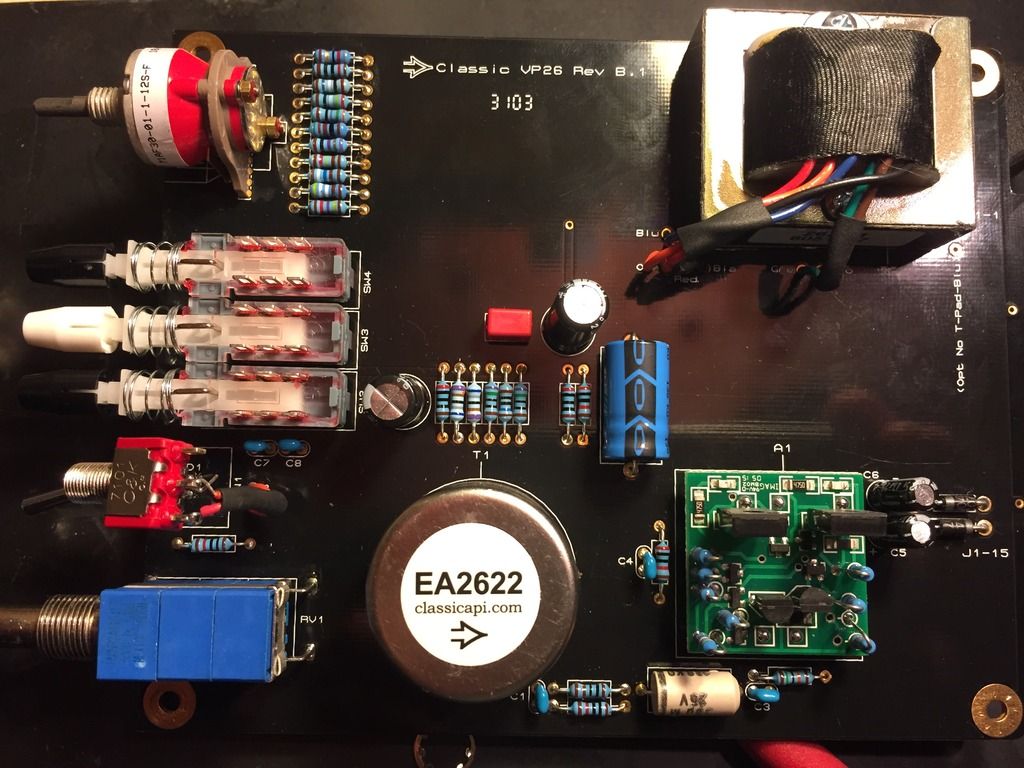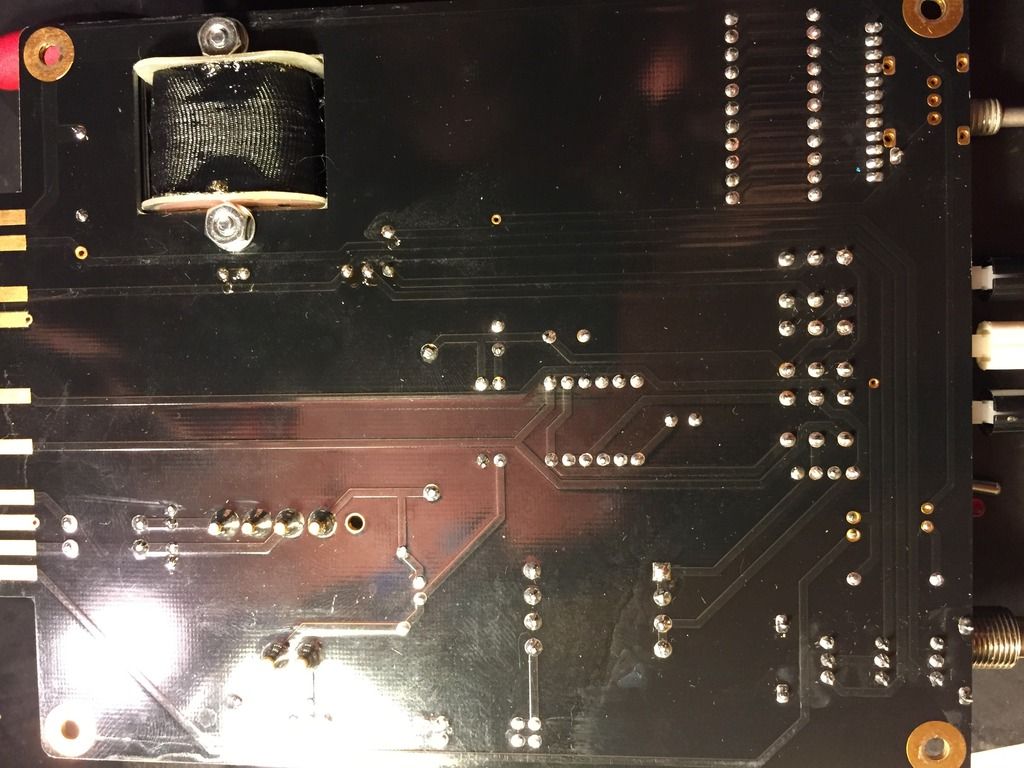IndietownRecording
Well-known member
- Joined
- Oct 14, 2012
- Messages
- 130
Hi, I'm having an issue with a VP26 I recently built.
The T-Pad output is least attenuated with the output knob in center position, with the output attenuation increasing as I move the knob left and right. It acts like the taper is wrong. It attenuates on both ends, and is loudest in the middle position.
The overall output is still really low, even at the center position.
I've double checked my transformer wiring and swapped out my opamp to a working SL2520 Red Dot.
Anyone have any ideas?


The T-Pad output is least attenuated with the output knob in center position, with the output attenuation increasing as I move the knob left and right. It acts like the taper is wrong. It attenuates on both ends, and is loudest in the middle position.
The overall output is still really low, even at the center position.
I've double checked my transformer wiring and swapped out my opamp to a working SL2520 Red Dot.
Anyone have any ideas?



































